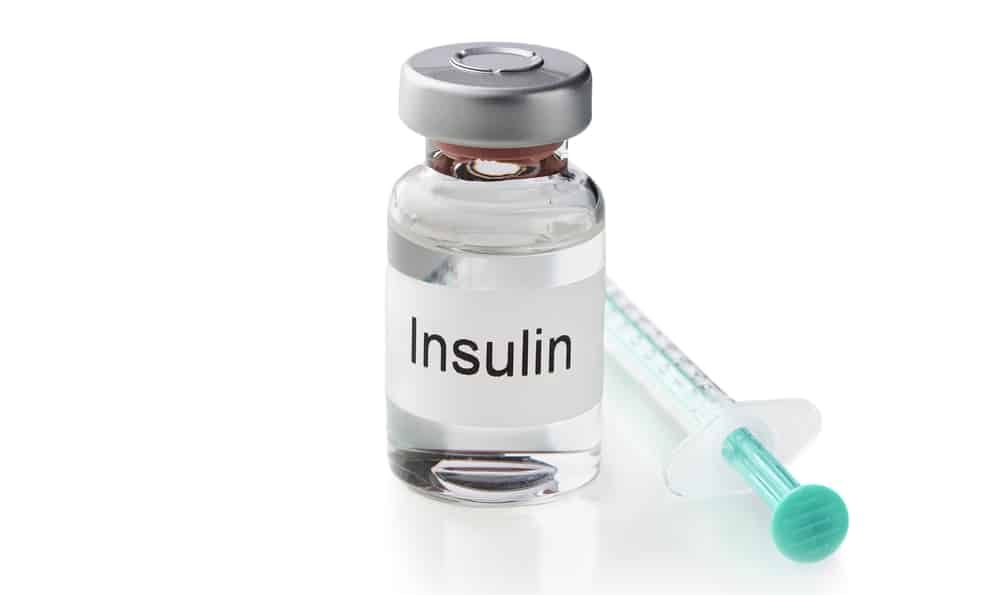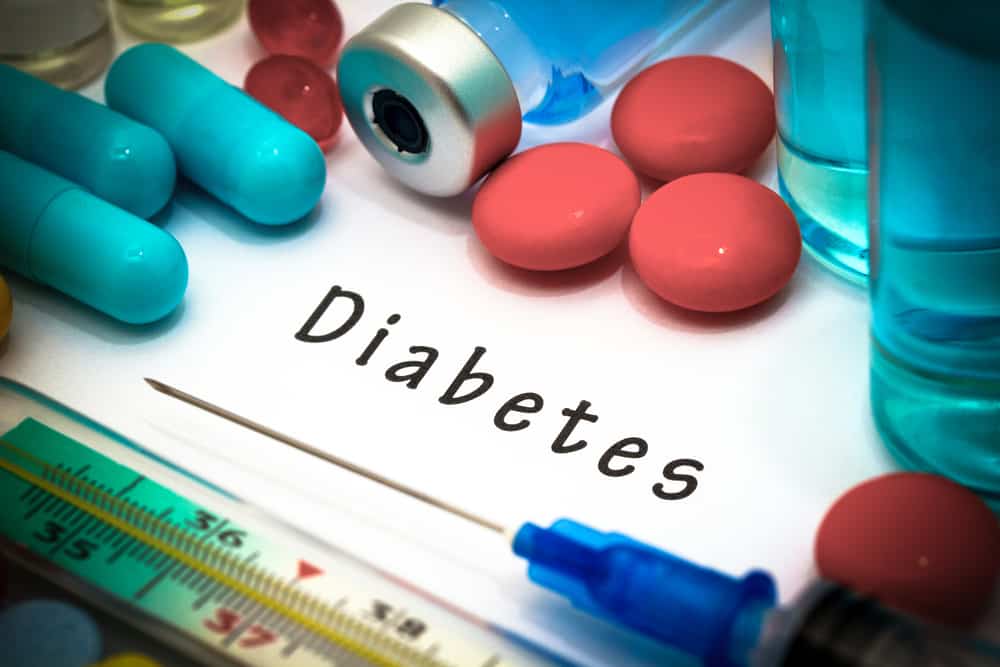Humans are bestowed with the gift of a body that can achieve the unachievable if put to work in the right direction and cherished. However, with the advent of fast food, we fail to honor its functionality and succumb to unhealthy eating habits. Stuffing the stomach with too much junk food and sugary drinks can lead to chronic disorders such as diabetes.
Diabetes is the result of an increase in blood glucose levels in the body. This increase is a result of low or no production of insulin by pancreatic glands since it is the very hormone that helps sugar reach the cells for energy consumption. Since the level of glucose in the blood increases, one becomes diabetic. The augmentation of glucose levels in blood doesn’t happen overnight and is, unfortunately, irreversible damage to the body.
Diabetes can either be a “borderline” issue or affect the patients gravely. On this basis, it is categorized into Type 1 diabetes, Type 2 diabetes, and Gestational diabetes.

1. Types of Diabetes
Type 1 diabetes is common among children and young adults whose bodies do not make insulin at all. This lack of function is because the immune system in the body attacks and destroys the cells that produce this hormone in the pancreatic cells already. Therefore, the patients are supposed to stay away from sugar strictly and take insulin regularly to lead a healthy life.
On the other hand, Type 2 diabetes can develop in a body at any age and is often found in middle-aged or older people. Here also, the body stops or lowers the production of insulin, resulting in a regular glucose high, which can be dealt with through regular exercise and healthy eating habits.

Gestational diabetes, as the name suggests, is only found among women who are pregnant. It can either be a temporary disorder or might stay with them for a lifetime as Type 2 diabetes.
